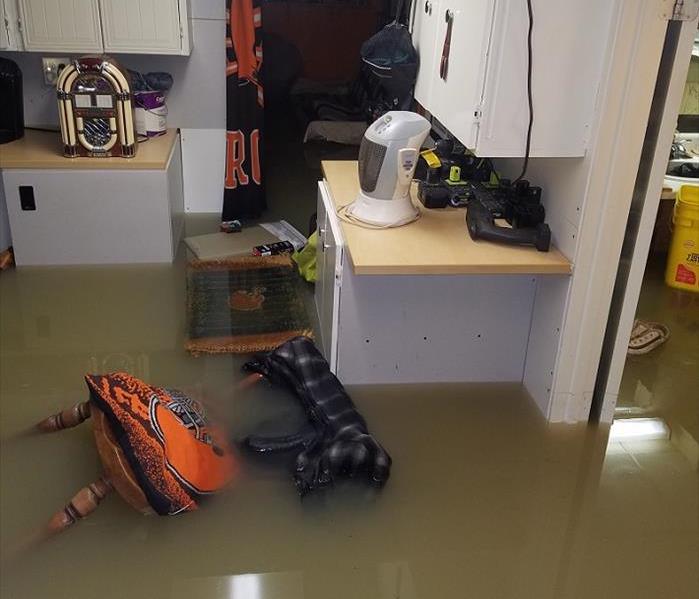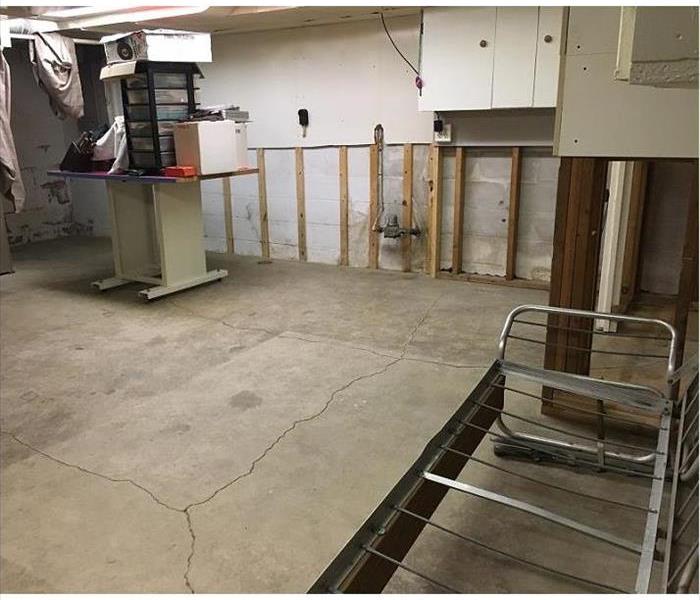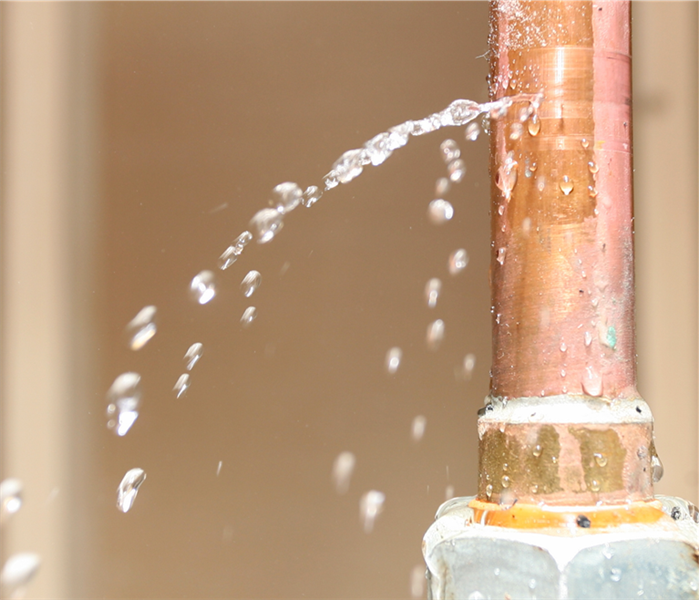
Step 4: Drying and Dehumidification
Our Water Damage Restoration Process
Once the excess water has been removed, the floors and walls may appear dry, but a quick inspection will reveal they are wet to the touch. Nearly all building materials, like wood, drywall, and flooring materials, are porous and therefore retain water. This retained water can cause the materials to break down, warp, or cause mold damage. Water extraction simply isn't enough to properly restore your home to the condition it was in before the water damage. SERVPRO of Mahoning and North Columbiana Counties are experts in not only extracting water out of your home or business, but by completely drying it. For this step in the process, you need a professional to service your Youngstown, Canfield, East Liverpool, and their surrounding areas residential homes and commercial properties. Only with the equipment and expertise of a professional can you count on your property to be completely restored and safe to use.
Drying / Dehumidification
Our Professionals will use room measurements, temperature, and relative humidity to determine the optimal number of air movers and dehumidifiers to dry your home or business. We’ll carefully monitor the progress using moisture meters until the materials return to acceptable drying goals.
- Use Dehumidification Equipment
- Use Monitoring Equipment to Track Progress
Monitor Floor and Walls
We check the moisture levels to monitor the drying process.
- Monitor Floors
- Monitor Walls
Drying Equipment
- Industrial-grade dehumidifiers help prevent secondary water damage like swelling and warping of floors, walls, and furniture.
- High-speed air movers create airflow across walls, carpets, pads, and furniture, which accelerates the evaporation of moisture.






 24/7 Emergency Service
24/7 Emergency Service





